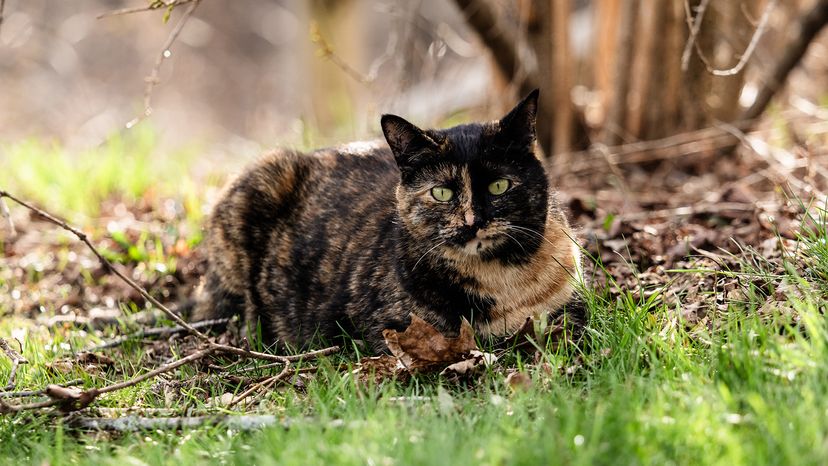
Tortoiseshell cats, often called "torties," are the rebels of the feline world. With their swirls of orange and black, they’ve inspired myths, memes, and plenty of admiration from cat lovers. But there's more to a tortoiseshell cat than just striking looks.
Unlike a single-color cat or one with clear stripes or patches, tortoiseshell cats wear a tortoiseshell coat pattern that blends colors together in a marbled mix.
Advertisement
These cats don’t belong to a specific cat breed;they can be found in many breeds, from American Shorthairs to Maine Coons. The term refers to the cat's coat, not its lineage.

